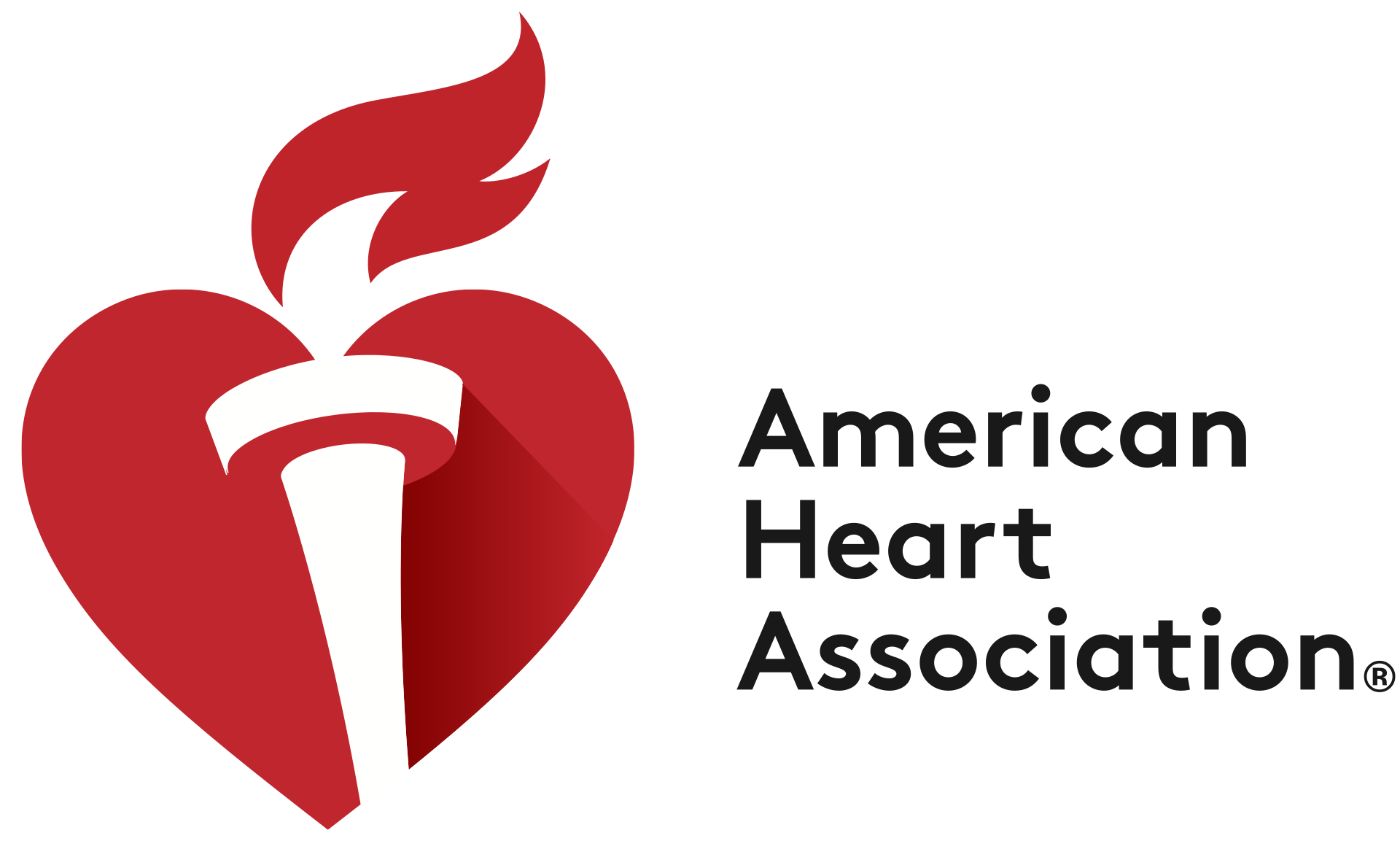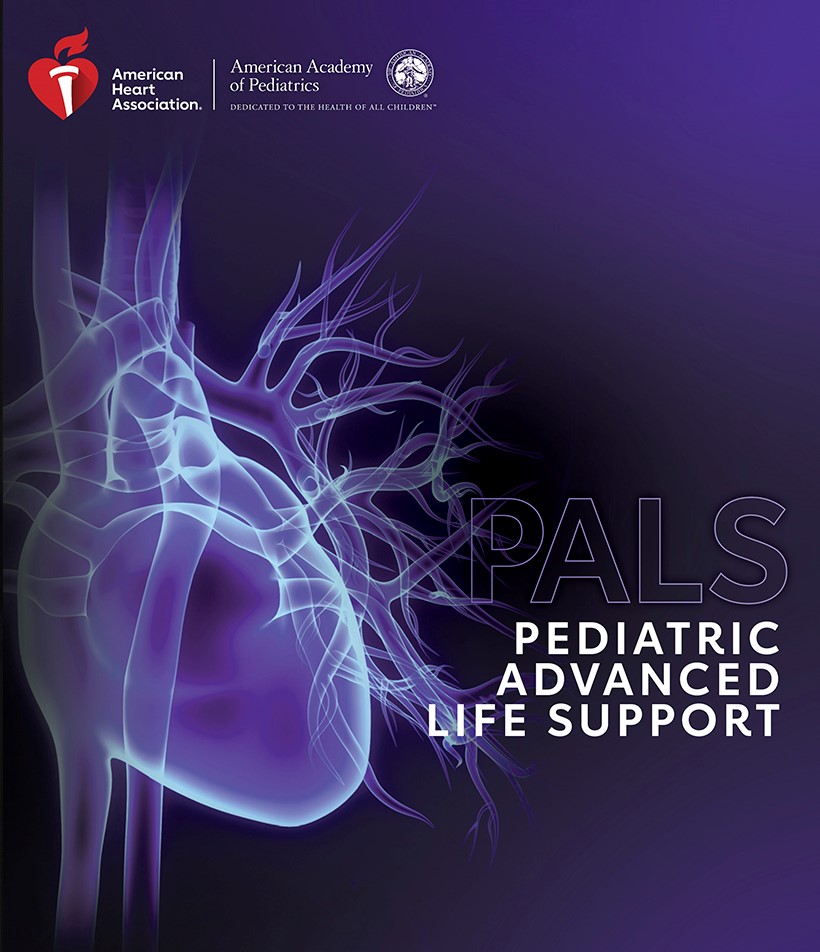Course Learning Objectives
After successfully completing the PALS Course, students should be able to
• Perform high‐quality cardiopulmonary resuscitation (CPR) per AHA basic life support (BLS) recommendations
• Differentiate between patients who do and do not require immediate intervention
• Recognize cardiopulmonary arrest early and begin CPR within 10 seconds
• Apply team dynamics
• Differentiate between and perform early interventions for respiratory distress and failure
• Differentiate between compensated and decompensated (hypotensive) shock
• Perform early interventions for the treatment of shock
• Differentiate between unstable and stable patients with arrhythmias
• Describe clinical characteristics of instability in patients with arrhythmias
• Implement post–cardiac arrest management
Course Intended Audience
The PALS Course is for healthcare providers who either direct or participate in the management of respiratory and/or cardiovascular emergencies and cardiopulmonary arrest in pediatric patients. This includes personnel in emergency response, emergency medicine, intensive care, and critical care units such as physicians, nurses, paramedics, and others who need a PALS Course Completion Card for job or other requirements.

